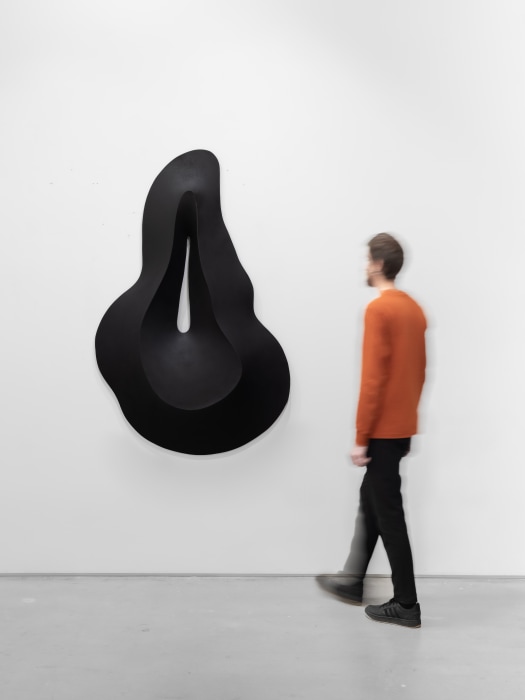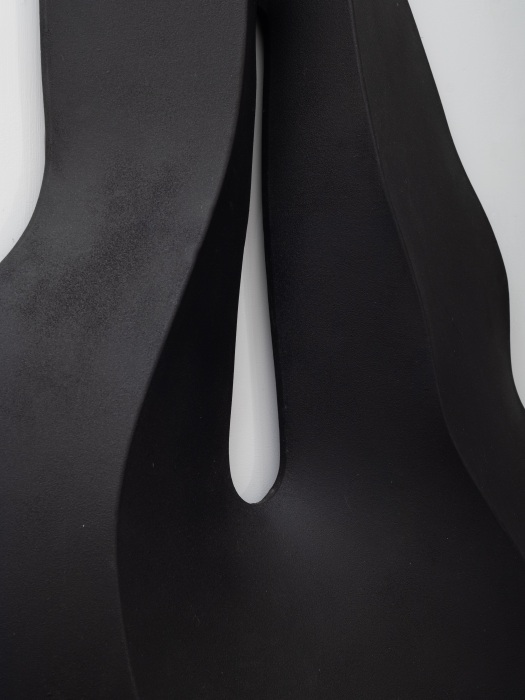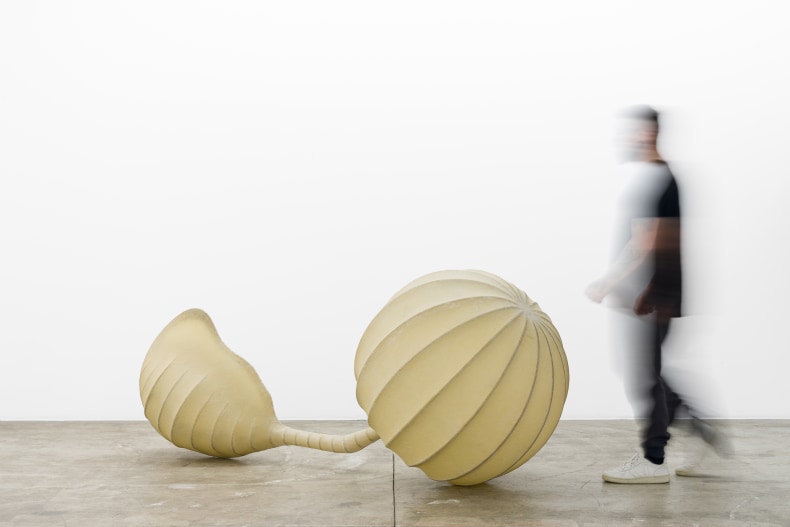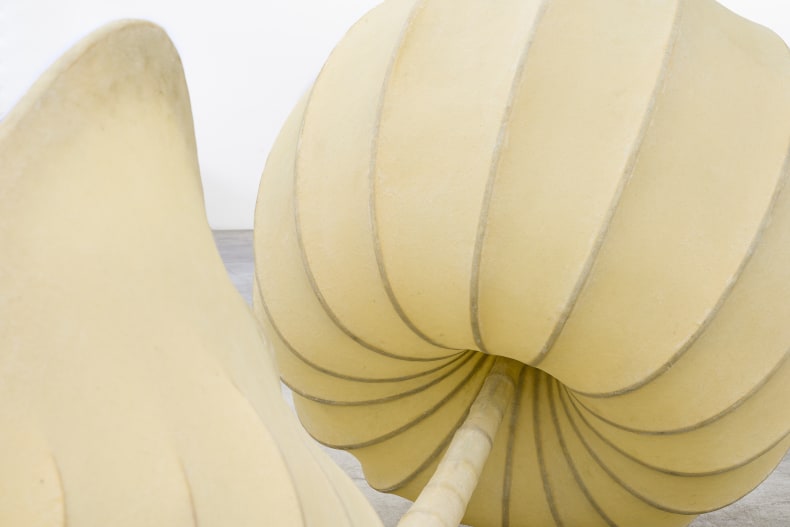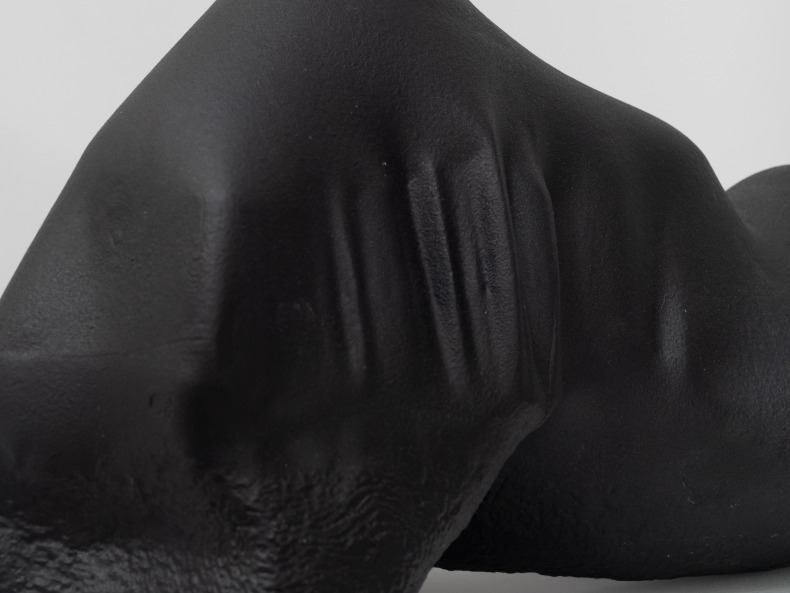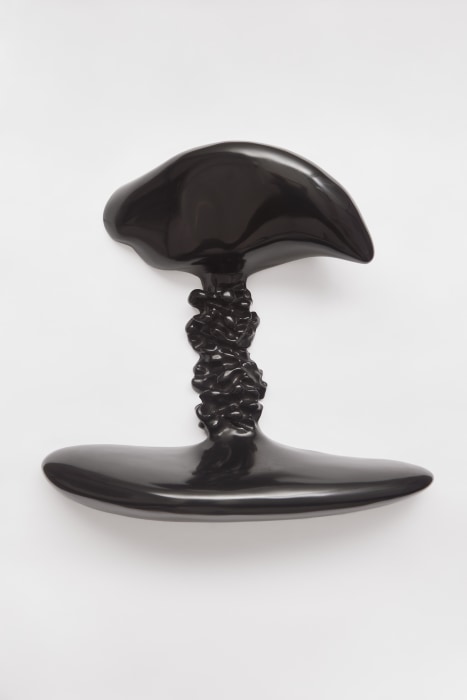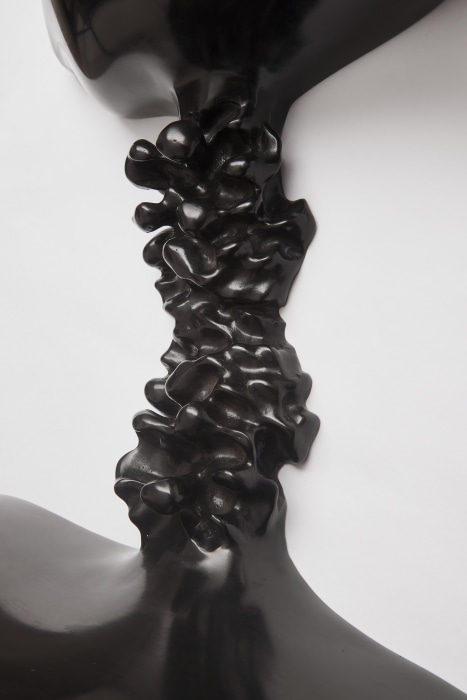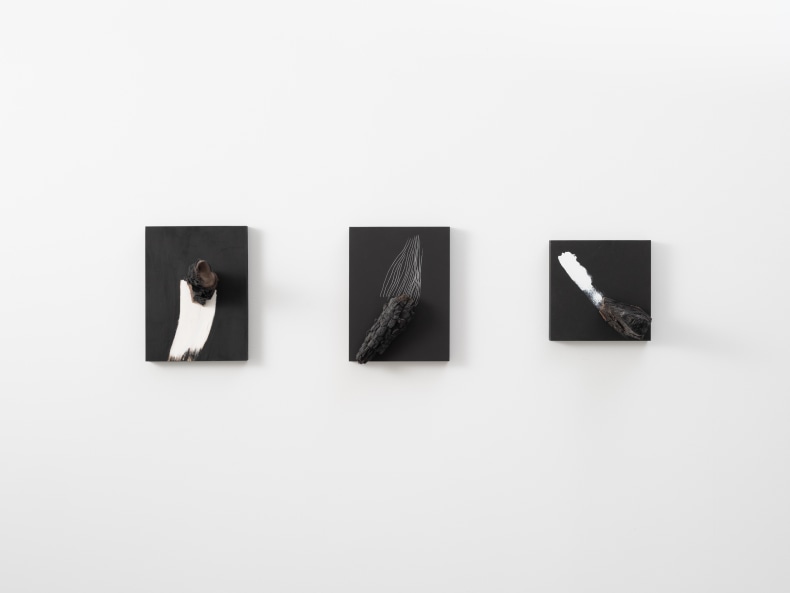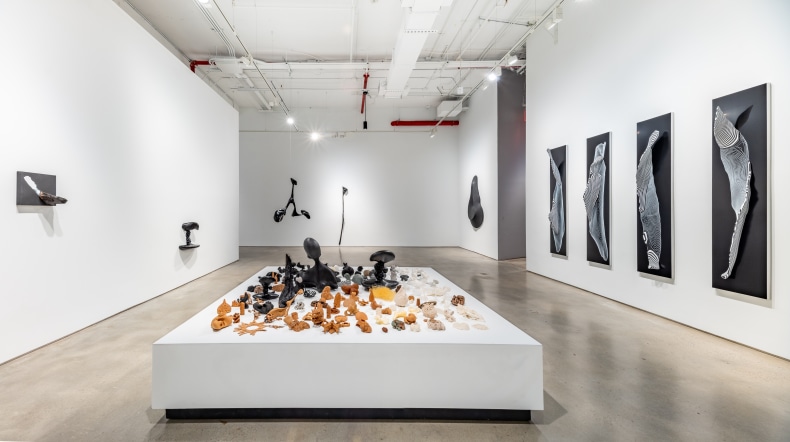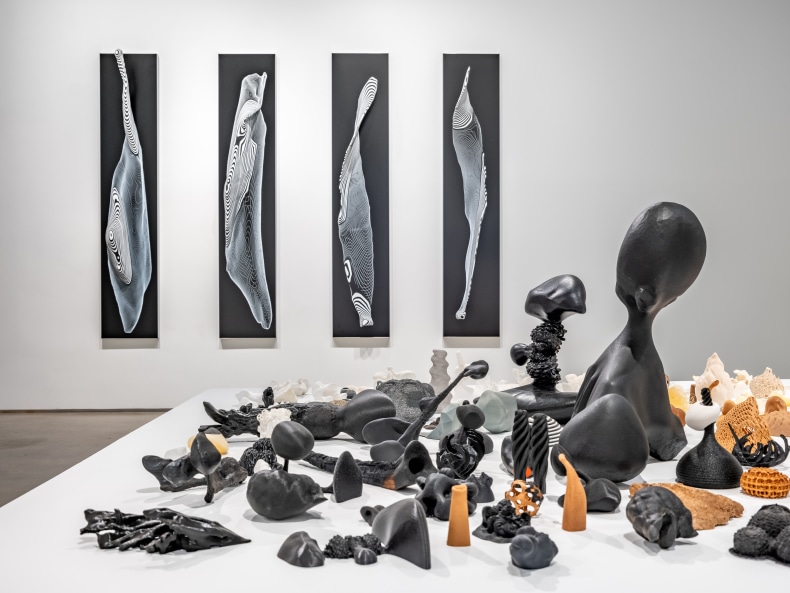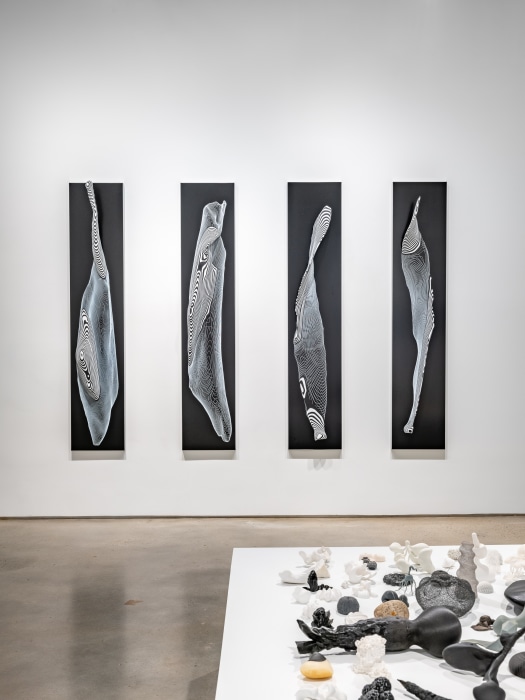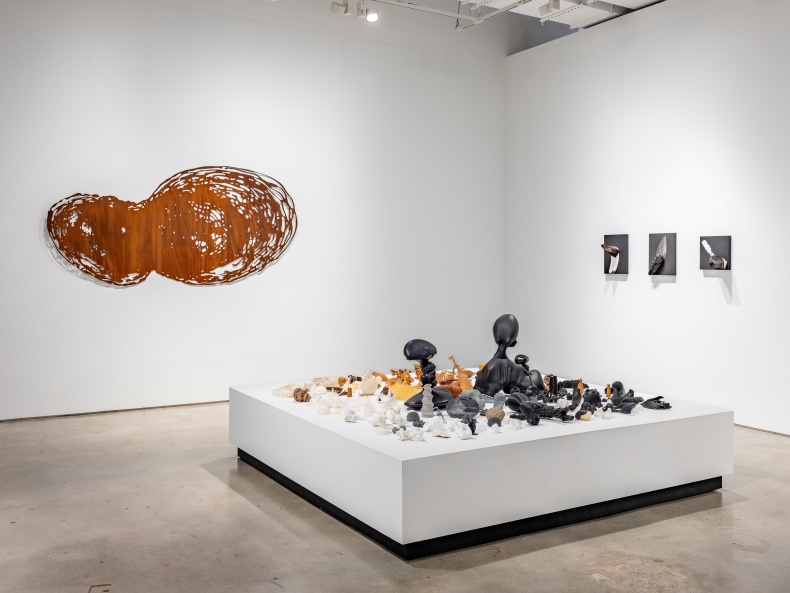Nara Roesler New York is pleased to present Angelo Venosa's first solo show in New York City, curated by Vik Muniz. The exhibition features around twenty works executed in the last years of his career, between 2015 and 2021, as well as pieces from the 1980s and 1990s and a set of studies and small-scale works produced by the artist using 3D printing technology.
Although he began his artistic career amid the 80s Generation in Rio de Janeiro, Venosa dedicated himself to sculpture, differing from most of the artists of his generation, who were marked by their return to painting. His works in wood, wrapped in fabric, resin, and fiberglass, or composed of beeswax and teeth, evoke unusual volumes, housing an ambiguous temporality, emanating references to ancient eras.
In the words of critic Lorenzo Mammi, "his art does not refuse to imitate nature (...) simulating organic procedures, he repeats the relationship between skeleton and skin, bone and cartilage, fluid and coagulated materials. Placing himself not in front of but behind nature, as if his gesture produced it, the artist assumes the role of creator."
Bringing together different bodies of work by Venosa, the exhibition provides an overview of the multiple directions of his production. In his sculptures made of wood, fabric, and fiberglass, the artist creates organic forms that, while they may resemble fossils, have elements that bring them closer to cocoons and other quasi-living forms. Another group of works, in a smaller format, executed in bronze, present structures similar to bones combined with forms that resemble organs. With a malleable aspect, the forms are in contrast with the raw material in which the works are executed.
Some of these sculptures were developed during Venosa's time at the Further On Artist-in-Residence (FoAir) in Amagansett, New York, in 2017. The artist's personal recordings and photographs bring us closer to his experience of the landscape and the elements of nature incorporated into his production.
In certain works, there is tension between what is alive and what is organic or inorganic; whereas, in other works, the artist explores these elements using digital technology. Procedures such as x-rays and digital cut-outs are explored in more two-dimensional works made of corten steel, which create unusual overlaps between the organic and the digital.
Vik Muniz's curatorial approach takes into account the scientific aspect of Angelo Venosa's work, structuring the exhibition as a cabinet of curiosities. Studies and small-scale works produced by the artist using 3D printing technology, which were scattered around his studio and can be considered the seeds of his large-scale works, have been selected by Muniz to present a highly relevant part of his work, which is still little known to the public.
